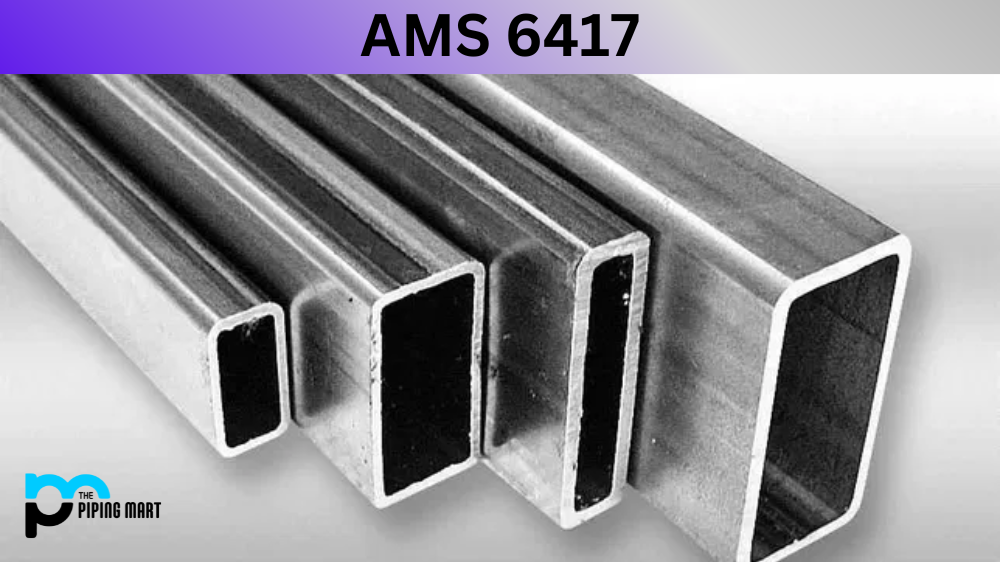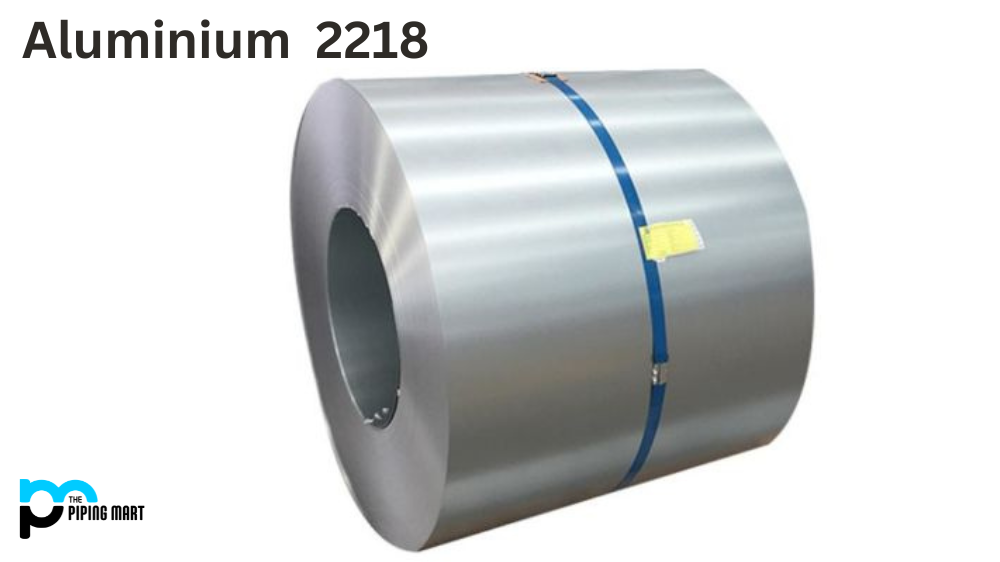The UNS G10600 grade is a high-quality carbon structural steel with many desirable properties and uses. It has excellent machinability and heat treatment properties, as well as excellent corrosion resistance and physical properties. Let’s take a closer look at what makes 1060 steel so special and how it can be used.
SAE/AISI 1060 Composition
The chemical composition of 1060 steel consists of 0.55 to 0.64 percent carbon, 0.30 to 0.90 percent manganese, 0.04 to 0.35 percent silicon, and up to 0.50 percent copper, with the balance being iron (Fe). This combination of elements gives this steel grade a unique set of characteristics that make it suitable for various uses in industries ranging from automotive to construction, aerospace, and more.
| Element | Content (%) |
|---|---|
| Iron, Fe | 98.35-98.85 |
| Manganese, Mn | 0.60-0.90 |
| Carbon, C | 0.55-0.660 |
| Sulfur, S | ≤ 0.050 |
| Phosphorous, P | ≤ 0.040 |
SAE/AISI 1060 Steel Chemical Properties
The chemical properties of 1060 steel make it an ideal choice for applications requiring superior corrosion resistance and wear resistance due to its high chromium content (up to 1%). Additionally, its low carbon content makes it ideal for welding applications because it will not harden during cooling after welding as higher carbon steels do.
SAE/AISI Steel Physical Properties
UNS G10600 is an alloy comprised of iron and carbon elements. It is a robust and malleable material, making it incredibly versatile in terms of its potential applications. Some notable strengths of AISI 1060 steel include high tensile strength (over 80,000 psi), good formability, excellent durability and wear resistance due to its high carbon content, and good weldability for joining components together. It can also bear extreme temperatures, making it suitable for hot or cold work environments or even heat-treated. Its many advantageous physical properties make it widely used for industrial purposes such as machinery parts, automotive components, tools, construction materials, etc. As a result of its numerous favourable attributes, 1060 steel is seen as an ideal choice among metalworkers across various industries.
| Properties | Metric | Imperial |
|---|---|---|
| Density | 7.85 g/cm3 | 0.284 lb/in3 |
| Melting point | 1510ºC | 2750ºF |
SAE/AISI 1060 Steel Mechanical Properties
1060 steel is a popular carbon steel known for its remarkable mechanical properties. It displays excellent corrosion resistance capabilities and elevated hardness, providing users with a concern-free building material for a variety of applications. The ductility of 1060 steel also makes it ideal for products that require bending and other complex geometries, which would otherwise be difficult to achieve without sacrificing strength and quality. In addition to its impressive machinability, this material can be heat-treated as needed in order to enhance properties or reduce costs related to forming. As such, 1060 steel is an effective choice both inside and outside the industrial sector.
| Properties | Metric | Imperial |
|---|---|---|
| Tensile strength, ultimate | 620 MPa | 89900 psi |
| Tensile strength, yield | 485 MPa | 70300 psi |
| Modulus of elasticity | 190-210 GPa | 29700-30458 ksi |
| Bulk modulus (typical for steel) | 140 GPa | 20300 ksi |
| Shear modulus (typical for steel) | 80 GPa | 11600 ksi |
| Poissons ratio | 0.27-0.30 | 0.27-0.30 |
| Elongation at break (in 50 mm) | 10% | 10% |
| Reduction of area | 45% | 45% |
| Hardness, Brinell | 183 | 183 |
| Hardness, Knoop (converted from Brinell hardness) | 204 | 204 |
| Hardness, Rockwell B (converted from Brinell hardness) | 89 | 89 |
| Hardness, Vickers (converted from Brinell hardness) | 192 | 192 |
SAE/AISI 1060 Steel Thermal Properties
| Properties | Metric | Imperial |
|---|---|---|
| Thermal expansion co-efficient | 11 µm/m°C | 6.11 µin/in°F |
| Thermal conductivity | 49.8 W/mK | 346 BTU in/hr.ft2.°F |
SAE/AISI 1060 Steel Equivalents
- AMS 7240
- ASTM A29 (1060)
- ASTM A510 (1060)
- ASTM A513
- ASTM A576 (1060)
- ASTM A682 (1060)
- ASTM A713 (1060)
- SAE J1397 (1060)
- SAE J403 (1060)
- SAE J412 (1060)
- AFNOR CC 55
- DIN 1.0601
- UNI C 60
- B.S. 060 A 62
- MIL SPEC MIL-S-16974 (Gr. 1060)
1060 Steel Uses
AISI 1060 steel is an incredibly versatile option when it comes to industrial applications. Its strong, low-cost, and easy to form characteristics make it a perfect material for large-scale projects requiring tensile strength and extreme durability. It is applicable in just about any industry where contact with chemical agents, extreme weather conditions, or regular wear and tear occurs, such as construction, construction machinery, automobile manufacturing, electronics and more. 1060 steel also offers excellent corrosion resistance, which allows it to be used alongside public utilities like water mains and energy transmission systems. Given its low carbon content and impressive physical properties, there is almost no limit to what 1060 steel can be used in– making it an ideal material for countless industrial tasks.
1060 Steel Hardness
AISI 1060 steel is known for its impressive hardness, particularly in comparison to other steel grades. All types of 1060 have a uniform hardness of around 50-58 HRC on a Rockwell Scale, with 59 HRC being the maximum achieved. A Rockwell Hardness Test is used to measure the material’s resistance to permanent surface change using a machine that applies an indenter and measures the depth of penetration in both faint indentations and deep indentations. 1060 steel has many different applications, including swords and ancient weapons, and can withstand impacts without damage or chipping away from the material. As with all types of steel, it’s important to use appropriate precautions when welding or cutting 1060 grade steel as hazardous fumes are created during these processes.
Heat Treatment
Heat treatment is necessary if one wants to maximize the performance benefits offered by 1060 steel. Heat treatment can improve mechanical properties such as yield strength, ductility, toughness, or hardness while maintaining the desired shape or size of the component being treated.
Machining
Machining is also possible with this grade due to its excellent machinability rating when compared to other alloyed grades like 4140 or 4340 alloys which require more specialized cutting tools because they are much harder than 1060 steel grades when hardened properly through heat-treating processes like tempering or normalizing treatments after welding operations are completed before machining operations being done on them afterwards if needed for certain applications requiring precision parts with specific dimensional tolerances for proper assembly fitment purposes or close tolerance requirement needs etc.
Heat Resistance
1060 Steel is highly prized for its heat resistance, allowing it to be used in applications requiring producing non-corrosive materials over long periods. This property makes 1060 Steel ideal for manufacturing products that often withstand high temperatures, such as blades for industrial machineries or parts with complex structures requiring heavy welding processes. As a result, this steel is a popular choice for engineers who need durable components capable of enduring extreme conditions and serve their purpose reliably in the long run.
Corrosion Resistance
1060 Steel is a popular choice among metalworkers due to its impressive corrosion resistance abilities. 1060 steel is a carbon steel composed of 0.6% Carbon, 0.5% Manganese, and 0.012-0.40% Silicon that gives the metal excellent strength and durability. In particular, this alloy is highly resistant to oxidation, making it a preferred choice for projects exposed to harsh chemicals or acidic environments. Furthermore, 1060 Steel also offers excellent weldability, toughness, and ductility in comparison with other carbon steels, enhancing its ability to withstand unwanted corrosion damage. This material provides robust protection from external elements due to its substantial oxidation resistance property.
Heat Treatment
This steel grade can be heat treated for additional strength and hardness. The most common heat treatment for this steel grade is quenching and tempering.
Machining
This steel grade is easy to machine. It can be machined using standard methods and tools without difficulty.
Welding
This steel grade can be welded using all standard welding methods and techniques. There is no need for special precautions when welding this steel grade.
Heat Resistance
This steel grade also has good heat resistance. It can withstand high temperatures without losing its shape or becoming brittle.
Conclusion
In conclusion, 1060 steel is an exceptional material that offers superior corrosion resistance along with excellent mechanical properties such as a high strength-to-weight ratio and good fatigue resistance, making it suitable for use in industries ranging from automotive manufacturing to aerospace engineering projects involving precision parts made from this material grade due its unique set of characteristics that make it perfect for many demanding tasks when treated correctly through proper heat treatments before any machining operations done on them afterwards if needed for certain application requirements needing precision parts tolerances etc. Overall this grade offers great options depending on your particular application needs requiring either superior corrosion resistance or better mechanical properties depending on what you need out of your final product made from this material grade, etc.

A passionate metal industry expert and blogger. With over 5 years of experience in the field, Palak brings a wealth of knowledge and insight to her writing. Whether discussing the latest trends in the metal industry or sharing tips, she is dedicated to helping others succeed in the metal industry.




